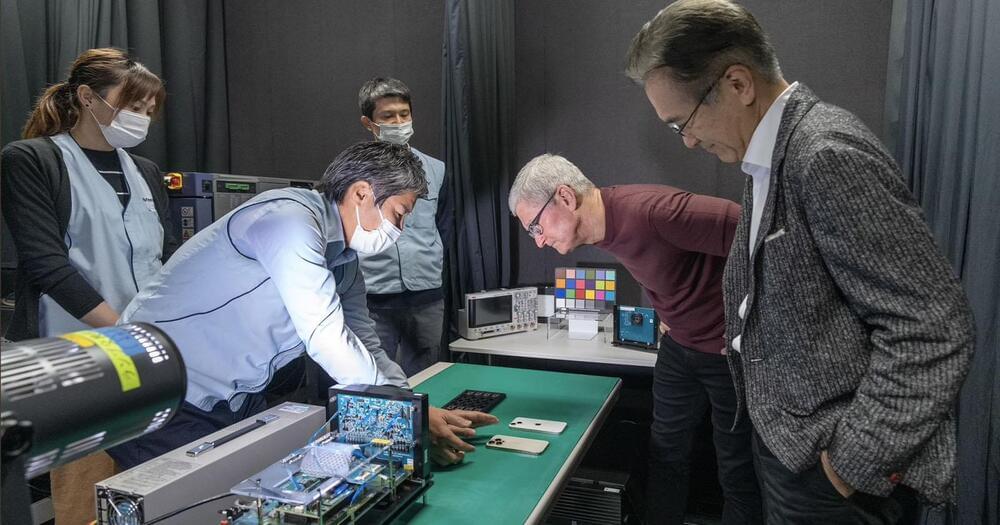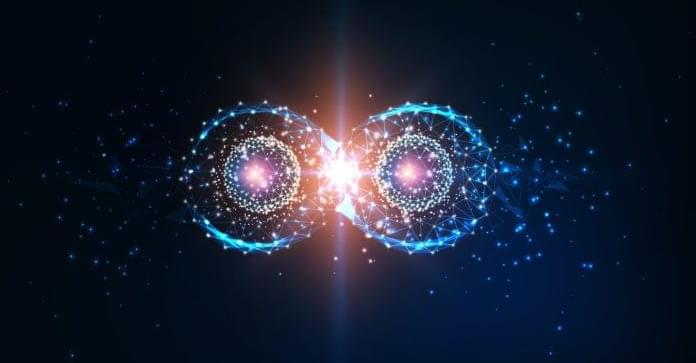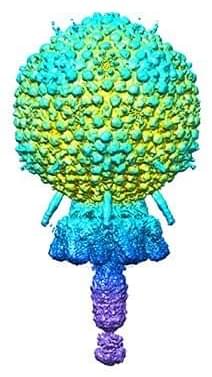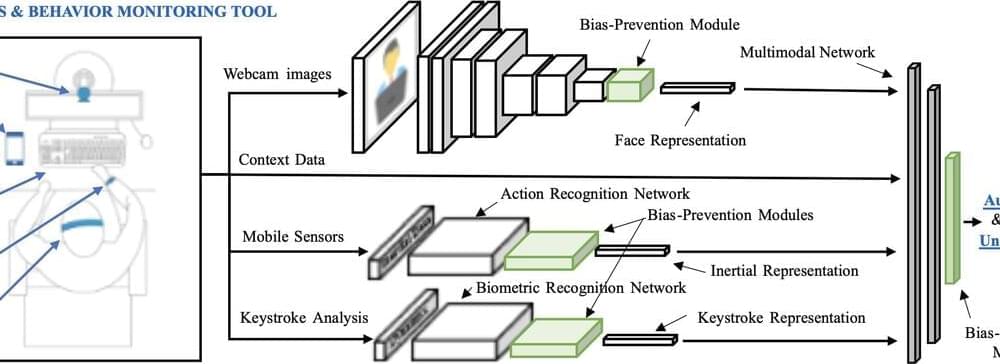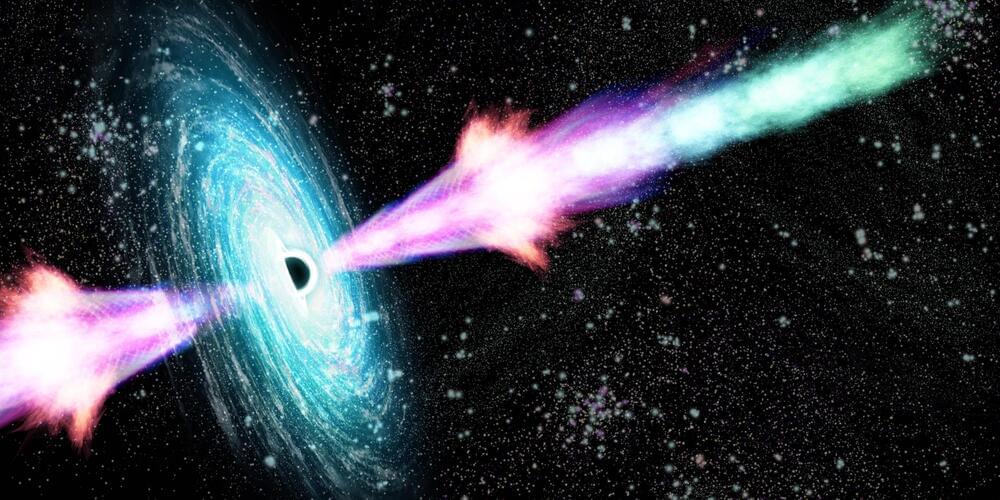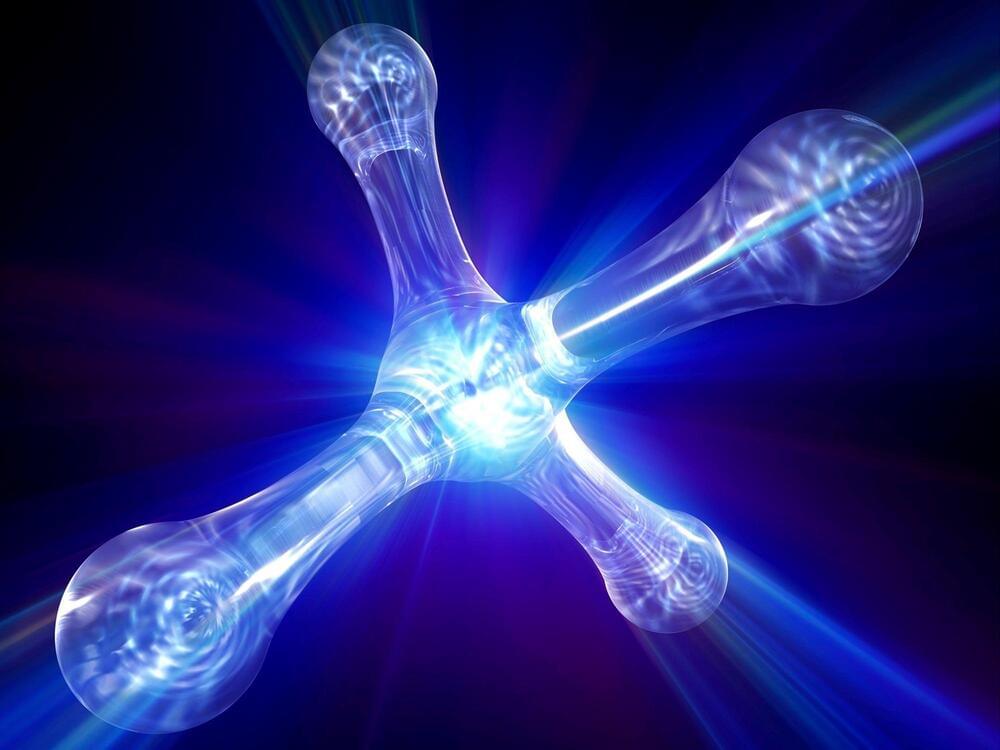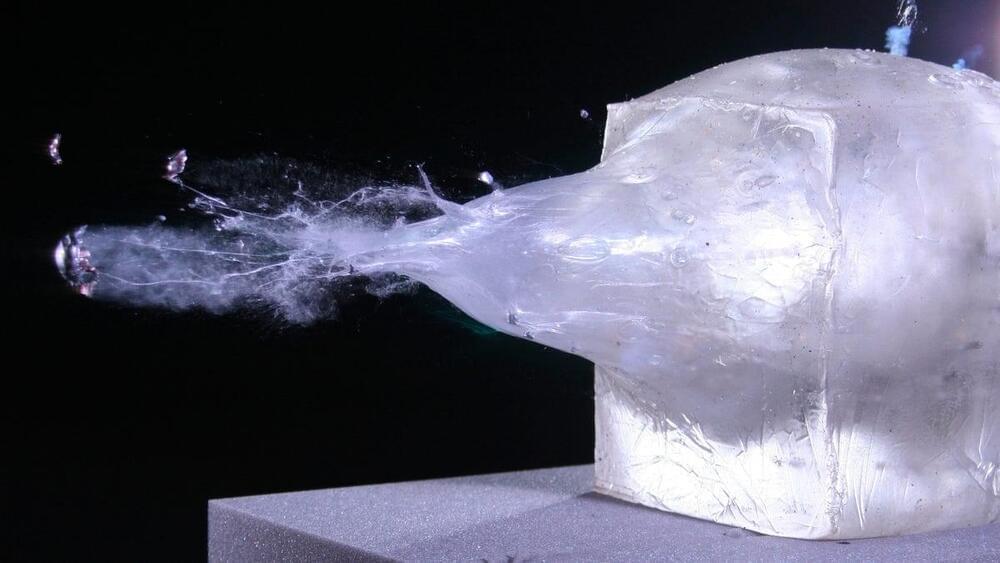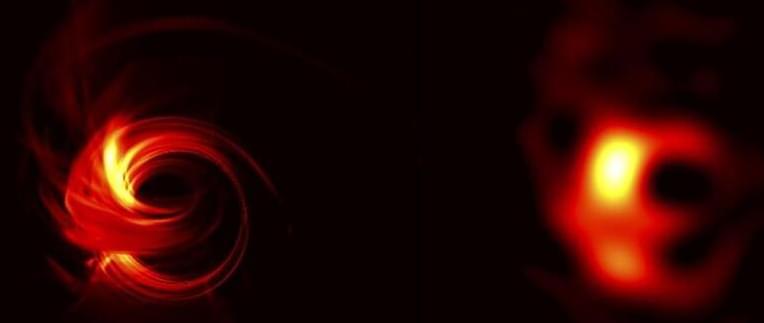Dec 17, 2022
Tim Cook Reveals Apple Has Used Sony Image Sensors for 10 Years
Posted by Kelvin Dafiaghor in categories: electronics, mobile phones
Apple CEO Tim Cook has revealed that the iPhone has been using Sony camera sensors for the last 10 years.
While it’s not a well-kept secret that Sony provide Apple with sensor technology, Apple tend to keep tight-lipped about the specifics of hardware components that go into the iPhone.
Apple lists the megapixels, focal length, aperture, and other specifications; but doesn’t mention identifiable hardware components.
